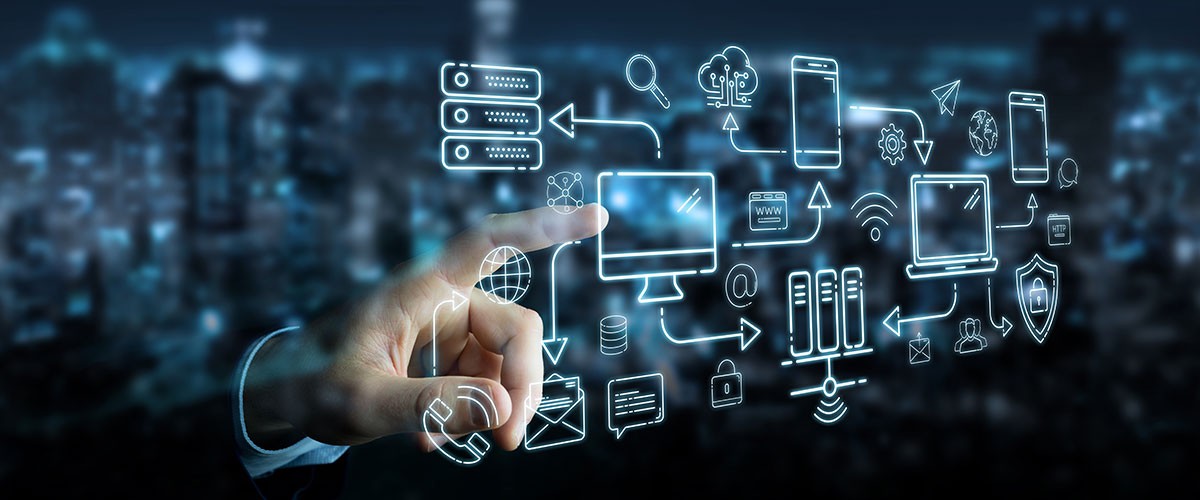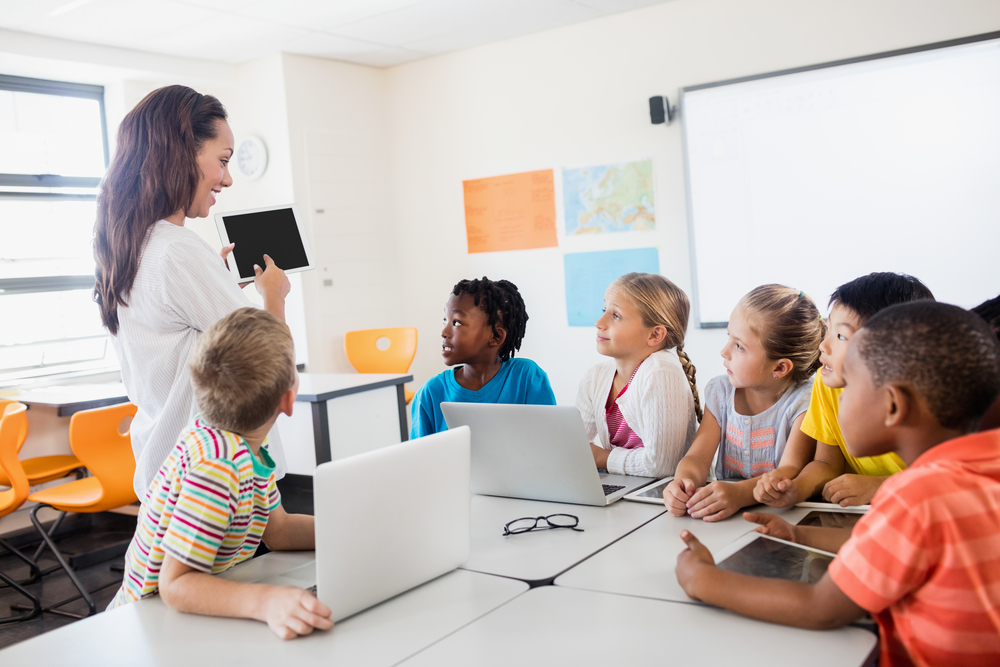Participation and the New Age of Technology
On the rise is a new age of technology which is rethinking and reimagining how we participate with and utilize technology as a whole. Today, we are seeing this integrate itself into our classrooms as well as education in general. In relation to Michael Wesch’s An Anthropological Introduction to YouTube and future classrooms, I can see this new age of technology having a significant impact on access to information, collaborative learning with others, and interactive learning opportunities. As our society changes, education must also adapt and continue to change to keep up with the times.

In today’s age, as an educator, we are blessed with an insane amount of resources and tools at our fingertips to both help plan and accomplish the lessons we create. When thinking about it, these resources and tools have had a direct impact on the functionality and efficiency of not only our classrooms but also our teachers. Technology in the classroom has evolved from TVs on carts and overhead projectors to smart boards, a tool that I would classify as a “jack of all trades”. Lessons and activities have become more interactive, with teachers seeing a return on engagement and participation with their students. Additionally, we see students with direct access to technology when needed. Rather than taking the class to the computer lab, students have their own individual Chromebooks, iPads, etc. they can use to complete tasks. With this access to technology, students can create and develop connections with their digital footprint with classmates, those in the communities they are part of, and beyond.
However, there are always pros and cons to everything. From my perspective, I still do have an appreciation for simple worksheets and the use of pencil and paper. In their daily lives, our students are constantly connected and exposed to technology in many aspects. Unplugging for just a while in the classroom, and getting hands-on with physical manipulatives, objects, materials, etc. does our students some good. We also see the improper use of technology with students using artificial intelligence (ai), or even the addiction to technology.
The integration of technology into our lives has made a major impact on how we view, understand, and share information. Regardless of how amazing and helpful, I think that it also has its limitations. For most of us humans, it is imperative that we set boundaries with ourselves regarding the use of technology in our daily lives. We should also ask ourselves about the validity and accuracy of sources online. A TikTok video “blowing up” overnight, does not automatically deem it credible. Technology has changed the way we think, create, and connect. However, we need to remain balanced in both the quality and quantity of the technology we consume regularly in our daily lives and within the walls of our classrooms.

3 thoughts on “Participation and the New Age of Technology”
Hi Lauren,
I agree with a lot that you’ve said! I can’t imagine growing up without the technology I had, everything would be so much slower. Do you think with this new age of relying on technology that we as teachers should be (required to or not) teaching about the technology itself? For example, talking about digital footprint, cyberbullying, credibility online, etc. to students who use technology for school purposes.
Hi Lauren,
Great perspective on the topic of technology within the classroom. I have very similar feeling about it as you do. I do think that it is important to teach using all of these resources because this is our future! However, I still have a strong appreciation for worksheets (at certain times) and physical manipulatives.
I do think it is essential for educators to properly teach students how to use resources such as AI. We need to ensure that students still are learning how to critically think for themselves.
Great post Lauren, looking forward to reading more in the future.
Zach
Hi Lauren,
Thanks for sharing your thoughts! I agree – addiction to technology is a problem, and students have such a hard time with the self-control required to stay on task.
I agree with your thoughts on physical manipulatives and pencil and paper. Having real, tangible items is important for students to connect their learning to the real world.
Teaching students how to be discerning about what they see and how to properly use AI is going to be so important going forward!